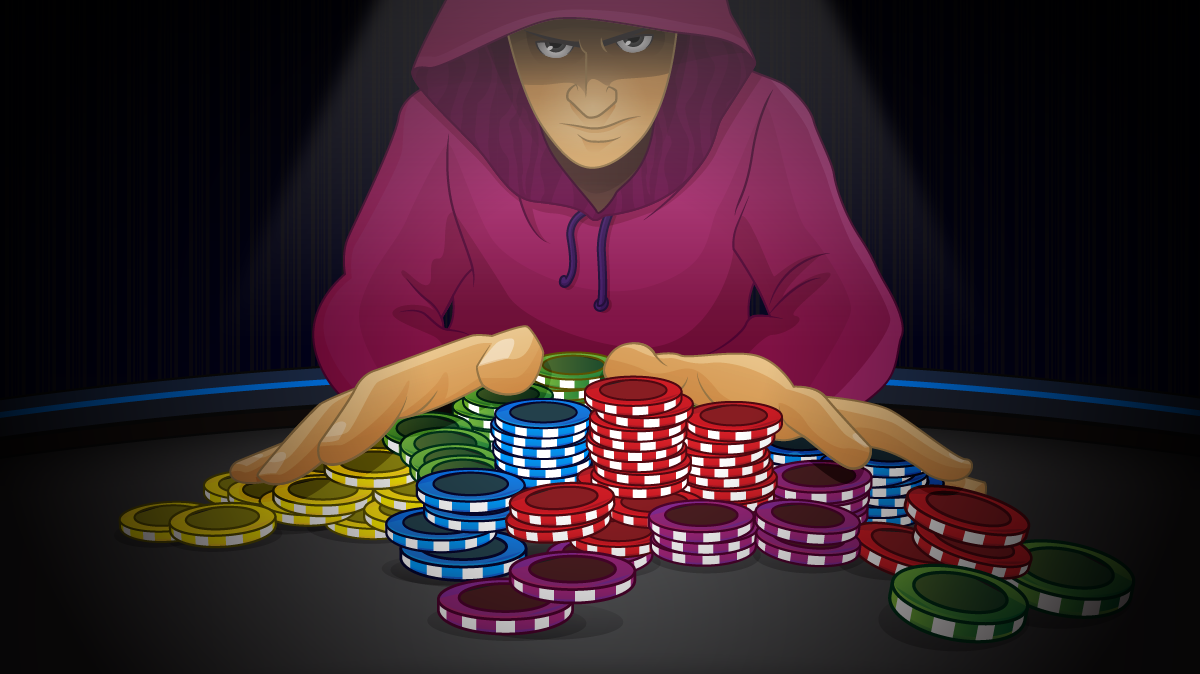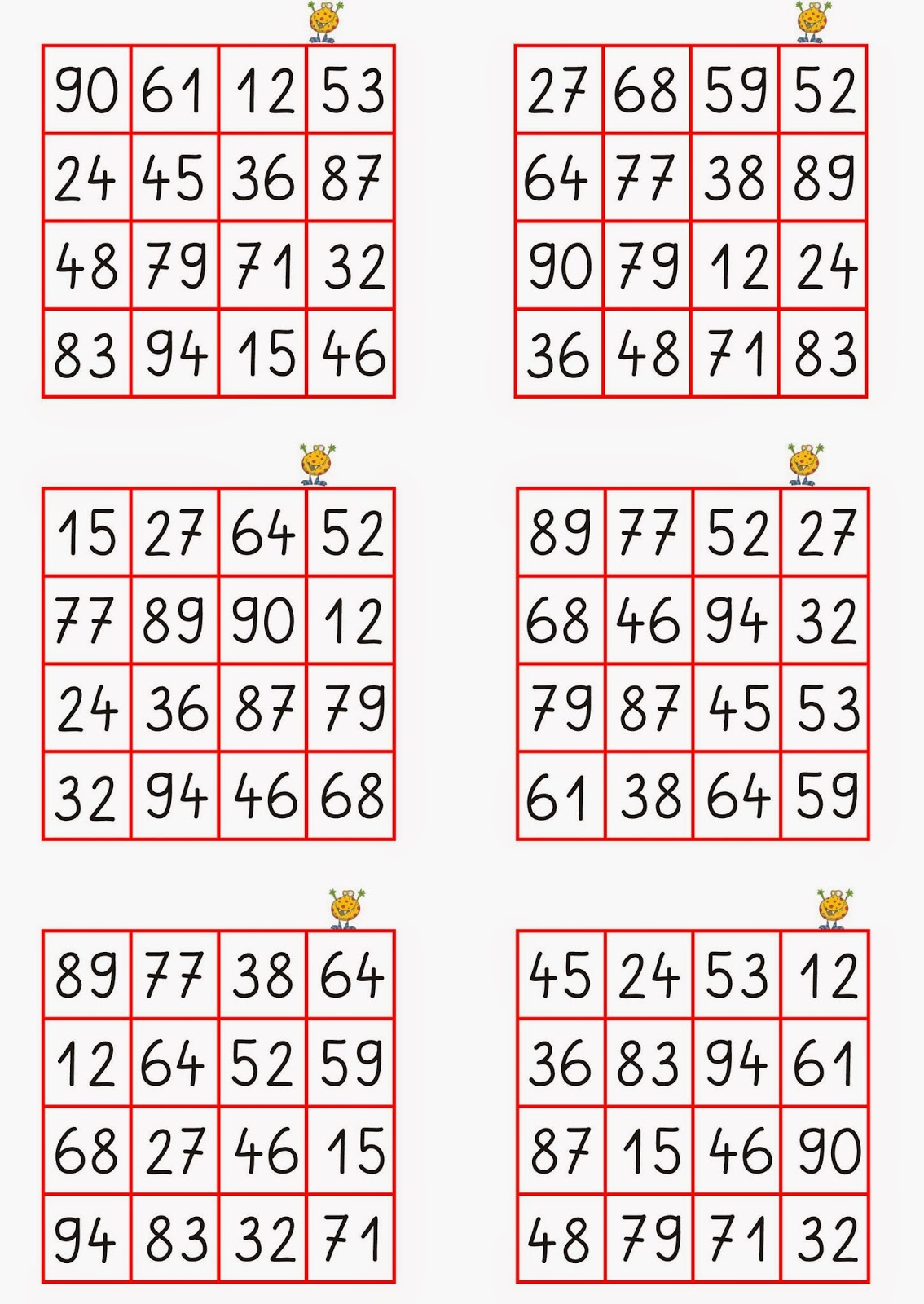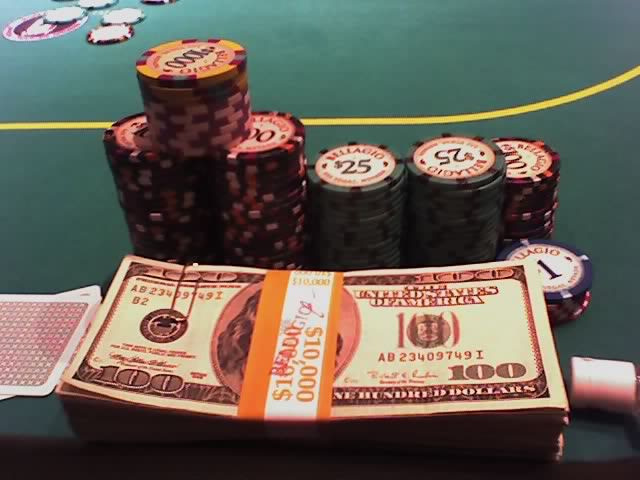The two players to the left of the dealer must post these compulsory 'blinds' – so called because they are placed before anyone even sees their cards. The player on the dealer's immediate left posts the 'small blind' and the player one further seat round the table posts the 'big blind', which is usually twice the size of the small.
- Texas holdem is so popular for many reasons. The game mixes skill & luck in a very engaging way. You wouldn't be able to play 1 on 1 w/ Lebron James and compete but in texas holdem a beginner.
- When playing Texas Holdem poker, every player is dealt two cards face down – these are called your 'hole cards'. Then there is a round of betting where you can Check, Bet or Fold. This stage of the game is known as pre-flop and what you should do is dependent on those hole cards, or starting hand.
In the illustration, the dealer is in seat five with the button in front of him. The two seats to his left are 'in the blinds'.
Texas Hold'em Poker Rules This is a short guide for beginners on playing the popular poker variant No Limit Texas Hold'em. We will look at the following: 1. The betting options 2. The positions 3. The flow of action 4. The hand rankings 5. Eginner's terminology We'll also discuss our top 10 poker terms that every player.
After every hand is complete, the dealer button moves clockwise one position around the table, which means that players take turns to be the dealer, the small blind and the big blind.
After the blinds have been posted, all players are dealt two cards face down. These are known as 'hole' cards, and can only be seen and used by one player. By the end of the hand, five more 'community' cards may have been dealt, face up in the middle of the table, which are available for all players to use.

The first three of the community cards are exposed together (known as the 'flop'), then a fourth card (known as the 'turn') is dealt individually, and then a fifth (known as the 'river') is exposed. A betting round separates each deal.
The aim of poker is to make the best five-card hand out of the seven available – two in an individual's hand and the five community cards.
The Four Betting Rounds
If a hand of poker is played all the way to its conclusion, there will be four betting rounds – or four periods during which players can commit their chips to the pot. A player can also 'fold' their cards and leave the action at any time (see below).
A betting round must be concluded satisfactorily before the remaining players see more cards and another betting round begins.
Pre-Flop – The First Round of Betting
The first betting round takes place before the first three community cards (the 'flop') are dealt. This action is described as 'pre-flop' and at this stage players are wagering based solely on the strength of their two concealed 'hole' cards.

The player sitting to the left of the big blind acts first – a position known as 'under the gun'. Players then act in turn, moving clockwise around the table.
You have the following options when it is your turn to act:
- Fold: This means that you no longer want to play the hand, and are throwing your cards away. You no longer have any claim to the money in the pot, even if you paid one of the blinds.
- Call: This means that you want to play the hand by matching the size of the current bet. Pre-flop, this will be at least the size of the big blind, and may be greater if any other player has raised.
- Raise: This means that you want to raise the size of the current bet. If nobody before you has made a raise, you can make a raise yourself.
- If you are sitting in the big blind and no else has raised before you, you have the option to check. This means that you do not wish to commit any more chips to the pot. You can only check pre-flop if you are in the big blind and no one else raised.

Texas Hold'em is arguably the most famous of all poker games. If you are new to the game of poker, Texas Hold'em Poker is a great place to start. Hold 'em consists of two cards ('hole cards') being dealt face down to each player and then five community cards being placed face-up by the dealer — a series of three ('the flop') then an additional single card ('the turn') and another additional card ('the river') – with players having the option to check, bet, raise or fold after each deal; i.e., betting may occur prior to the flop, 'on the flop', 'on the turn', and 'on the river'.
Texas Hold'em Rules:
Texas Hold'em Poker is a community card game that can be played anywhere from 2-10 players.
- One player acts as dealer. This position is called the button and it rotates clockwise after every hand.
- The two players to the left of the dealer are called the small blind and the big blind, respectively.
- These two positions require forced bets of a pre-determined amount and are the only players to put money in the pot before the cards are dealt (if no ante in place).
- Every player then receives two cards face down. These are called 'hole' cards.
- Once all hole cards have been dealt, the first betting round begins with the player sitting immediately to the left of the big blind. This player can fold, call (match the amount of the big blind) or raise.
- Betting then continues clockwise, with each player having the option to fold, call the amount of the highest bet before them, bet or raise.
- When the first betting round is completed, three community cards are flipped face up on the table. This is called the flop.
- The betting resumes, clockwise, with each player having the option to check (if no bet is in front of them), bet (or raise if a bet is before them), call or fold.
- When the second round of betting is finished, a fourth community card is flipped face up on the table. This is called the turn.
- The third round of betting commences with the first remaining player sitting to the left of the button.
- When the third round of betting is over, a fifth community card is flipped face up on the table. This is called the river.
- The fourth round of betting starts with the first remaining player seated to the left of the button. The betting continues to move clockwise.
The Details
Now here are some more detailed looks at aspects of Texas Hold'em.
A standard hold 'em game showing the position of the blinds relative to the dealer button.

The first three of the community cards are exposed together (known as the 'flop'), then a fourth card (known as the 'turn') is dealt individually, and then a fifth (known as the 'river') is exposed. A betting round separates each deal.
The aim of poker is to make the best five-card hand out of the seven available – two in an individual's hand and the five community cards.
The Four Betting Rounds
If a hand of poker is played all the way to its conclusion, there will be four betting rounds – or four periods during which players can commit their chips to the pot. A player can also 'fold' their cards and leave the action at any time (see below).
A betting round must be concluded satisfactorily before the remaining players see more cards and another betting round begins.
Pre-Flop – The First Round of Betting
The first betting round takes place before the first three community cards (the 'flop') are dealt. This action is described as 'pre-flop' and at this stage players are wagering based solely on the strength of their two concealed 'hole' cards.
The player sitting to the left of the big blind acts first – a position known as 'under the gun'. Players then act in turn, moving clockwise around the table.
You have the following options when it is your turn to act:
- Fold: This means that you no longer want to play the hand, and are throwing your cards away. You no longer have any claim to the money in the pot, even if you paid one of the blinds.
- Call: This means that you want to play the hand by matching the size of the current bet. Pre-flop, this will be at least the size of the big blind, and may be greater if any other player has raised.
- Raise: This means that you want to raise the size of the current bet. If nobody before you has made a raise, you can make a raise yourself.
- If you are sitting in the big blind and no else has raised before you, you have the option to check. This means that you do not wish to commit any more chips to the pot. You can only check pre-flop if you are in the big blind and no one else raised.
Texas Hold'em is arguably the most famous of all poker games. If you are new to the game of poker, Texas Hold'em Poker is a great place to start. Hold 'em consists of two cards ('hole cards') being dealt face down to each player and then five community cards being placed face-up by the dealer — a series of three ('the flop') then an additional single card ('the turn') and another additional card ('the river') – with players having the option to check, bet, raise or fold after each deal; i.e., betting may occur prior to the flop, 'on the flop', 'on the turn', and 'on the river'.
Texas Hold'em Rules:
Texas Hold'em Poker is a community card game that can be played anywhere from 2-10 players.
- One player acts as dealer. This position is called the button and it rotates clockwise after every hand.
- The two players to the left of the dealer are called the small blind and the big blind, respectively.
- These two positions require forced bets of a pre-determined amount and are the only players to put money in the pot before the cards are dealt (if no ante in place).
- Every player then receives two cards face down. These are called 'hole' cards.
- Once all hole cards have been dealt, the first betting round begins with the player sitting immediately to the left of the big blind. This player can fold, call (match the amount of the big blind) or raise.
- Betting then continues clockwise, with each player having the option to fold, call the amount of the highest bet before them, bet or raise.
- When the first betting round is completed, three community cards are flipped face up on the table. This is called the flop.
- The betting resumes, clockwise, with each player having the option to check (if no bet is in front of them), bet (or raise if a bet is before them), call or fold.
- When the second round of betting is finished, a fourth community card is flipped face up on the table. This is called the turn.
- The third round of betting commences with the first remaining player sitting to the left of the button.
- When the third round of betting is over, a fifth community card is flipped face up on the table. This is called the river.
- The fourth round of betting starts with the first remaining player seated to the left of the button. The betting continues to move clockwise.
The Details
Now here are some more detailed looks at aspects of Texas Hold'em.
A standard hold 'em game showing the position of the blinds relative to the dealer button.
Hold 'em is normally played using small and big blinds – forced bets by two players. Antes (forced contributions by all players) may be used in addition to blinds, particularly in later stages of tournaments. A dealer 'button' is used to represent the player in the dealer position; the dealer button rotates clockwise after each hand, changing the position of the dealer and blinds. The small blind is posted by the player to the left of the dealer and is usually equal to half of the big blind. The big blind, posted by the player to the left of the small blind, is equal to the minimum bet. In tournament poker, the blind/ante structure periodically increases as the tournament progresses. After one round of betting is done, the next betting round will start by the person after the big blind and small blind.
Texas Holdem Poker Rules Explained
When only two players remain, special ‘head-to-head' or ‘heads up' rules are enforced and the blinds are posted differently. In this case, the person with the dealer button posts the small blind, while his/her opponent places the big blind. The dealer acts first before the flop. After the flop, the dealer acts last and continues to do so for the remainder of the hand.
Play of the Hold'em hand
Each player is dealt two private cards in hold 'em, which are dealt first. Play begins with each player being dealt two cards face down, with the player in the small blind receiving the first card and the player in the button seat receiving the last card dealt. (As in most poker games, the deck is a standard 52-card deck containing no jokers.) These cards are the players' hole or pocket cards. These are the only cards each player will receive individually, and they will only (possibly) be revealed at the showdown.
The poker hand begins with a 'pre-flop' betting round, beginning with the player to the left of the big blind (or the player to the left of the dealer, if no blinds are used) and continuing clockwise. A round of betting continues until every player has folded, put in all of their chips, or matched the amount put in by all other active players. Note that the blinds in the pre-flop betting round are counted toward the amount that the blind player must contribute. If all players call around to the player in the big blind position, that player may either check or raise.
Texas Holdem Poker All In Rules
After the pre-flop betting round, assuming there remain at least two players taking part in the hand, the dealer deals a flop, three face-up community cards. The flop is followed by a second betting round. All betting rounds begin with the player to the button's left and continue clockwise. After the flop betting round ends, a single community card (called the turn or fourth street) is dealt, followed by a third betting round. A final single community card (called the river or fifth street) is then dealt, followed by a fourth betting round and the showdown, if necessary.
In all casinos, the dealer will 'burn' a card before the flop, turn, and river. The burn occurs so players who are betting cannot see the back of the next community card to come. This is done for historical/traditional reasons, to avoid any possibility of a player knowing in advance the next card to be dealt.
The Showdown
If a player bets and all other players fold, then the remaining player is awarded the pot and is not required to show his hole cards. If two or more players remain after the final betting round, a showdown occurs. On the showdown, each player plays the best poker hand they can make from the seven cards comprising his two hole cards and the five community cards. A player may use both of his own two hole cards, only one, or none at all, to form his final five-card hand. If the five community cards form the player's best hand, then the player is said to be playing the board and can only hope to split the pot, because each other player can also use the same five cards to construct the same hand.
If the best hand is shared by more than one player, then the pot is split equally among them, with any extra chips going to the first players after the button in clockwise order. It is common for players to have closely valued, but not identically ranked hands. Nevertheless, one must be careful in determining the best hand; if the hand involves fewer than five cards, (such as two-pair or three-of-a-kind), then 'kickers' (the highest other card) are used to settle ties. Note that the card's numerical rank is of sole importance; suit values are irrelevant in Hold'em. The last player to bet is the first player to show his hand.
Now that you know how to play Texas Hold'em poker, you are ready to hit the tables! Sign up today to get started and win real money!

